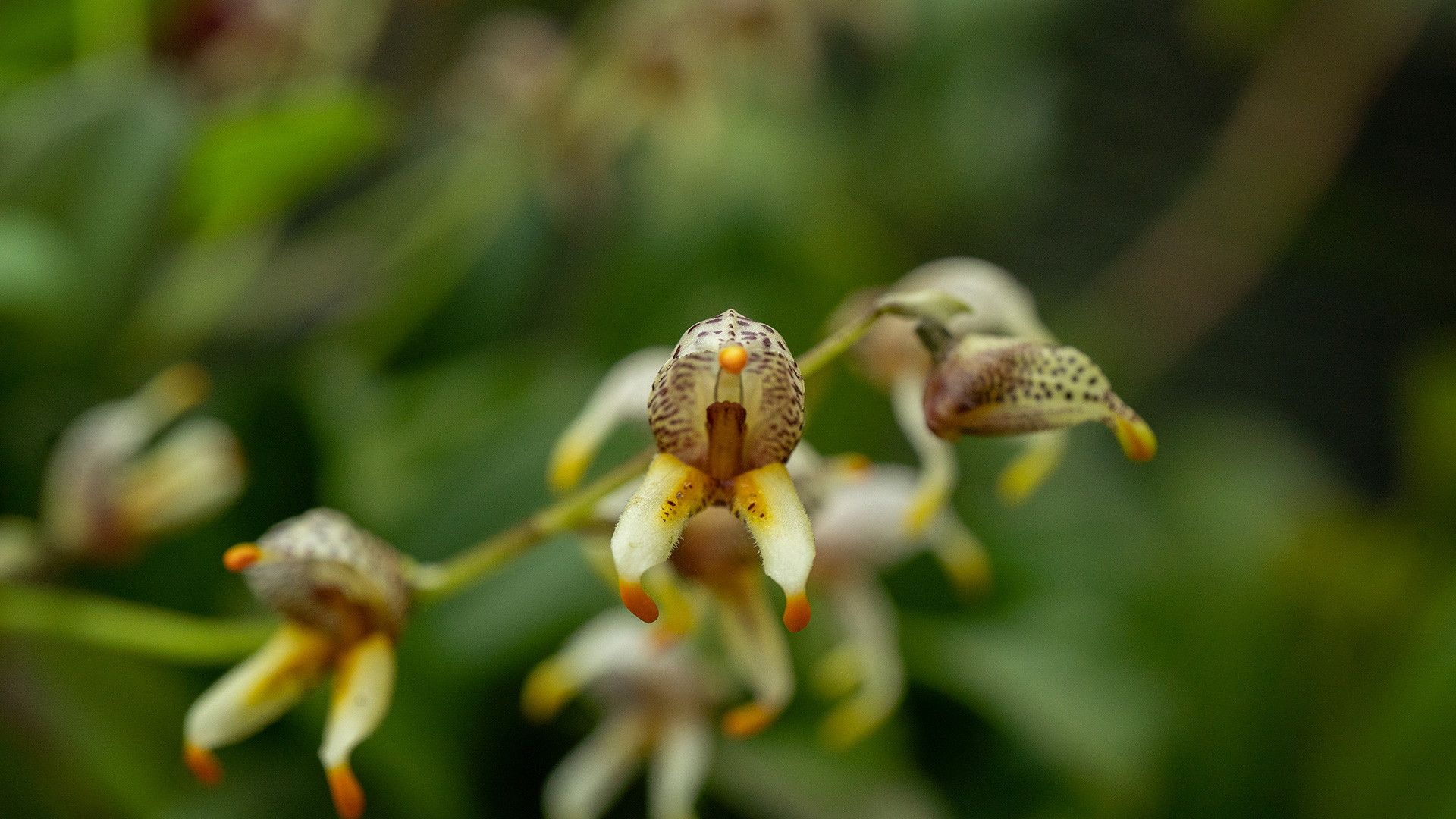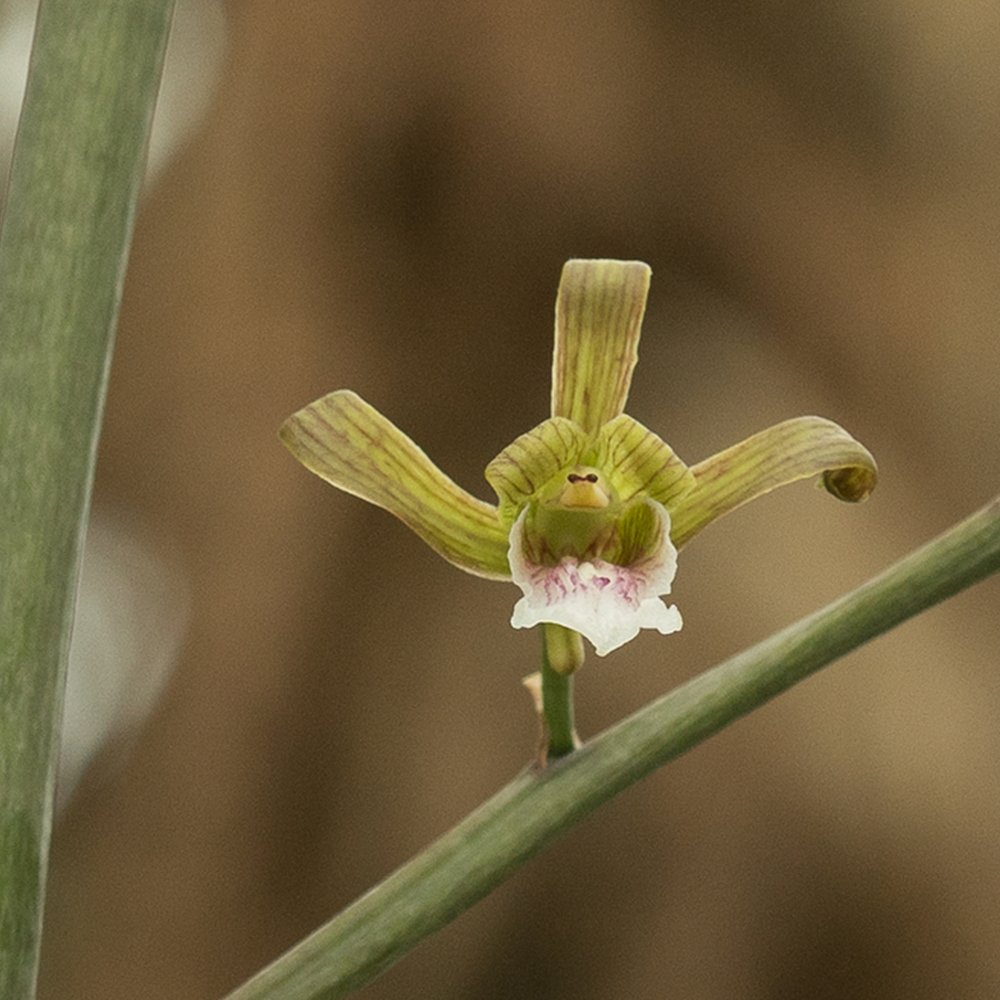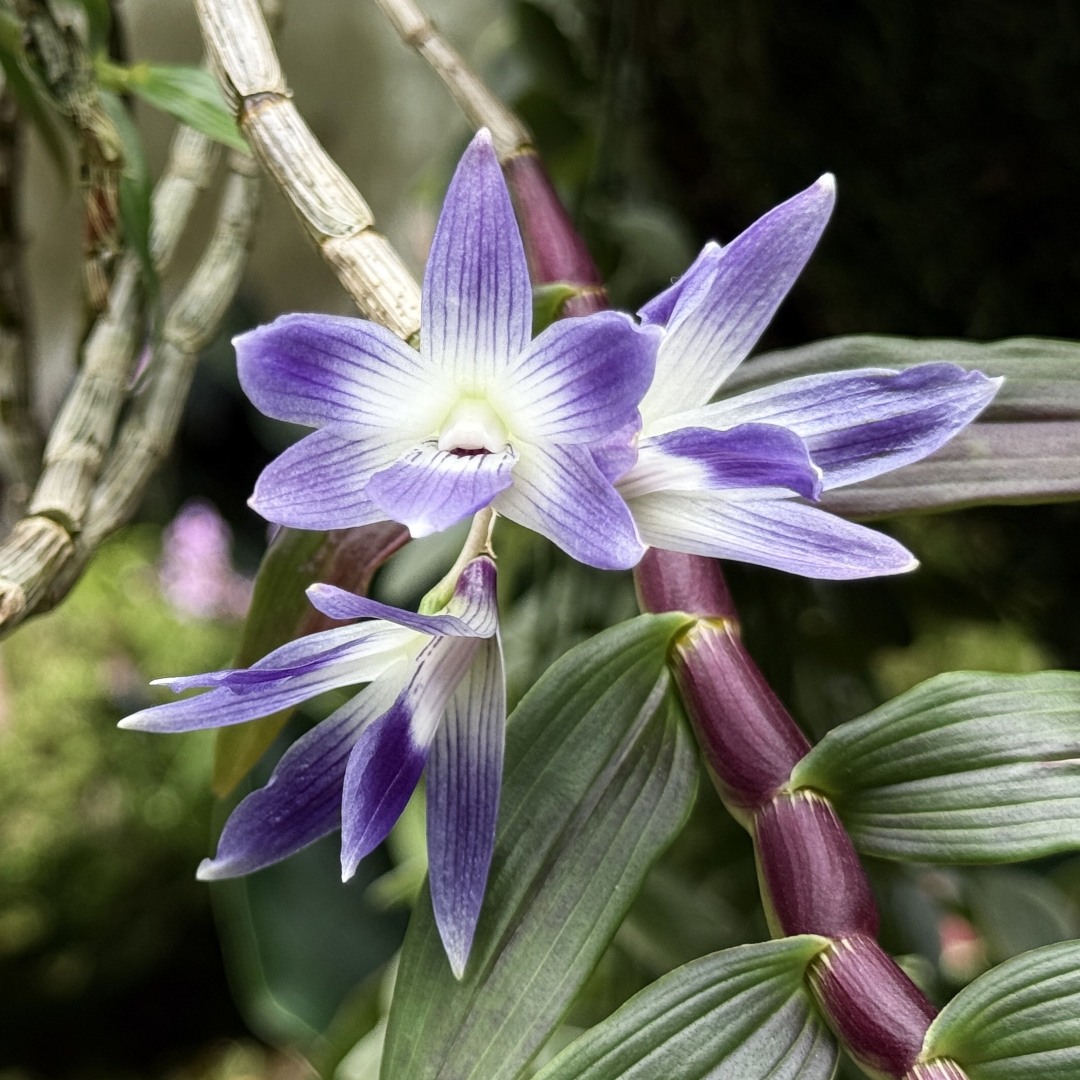Yellow Mai (Ochna integerrima)
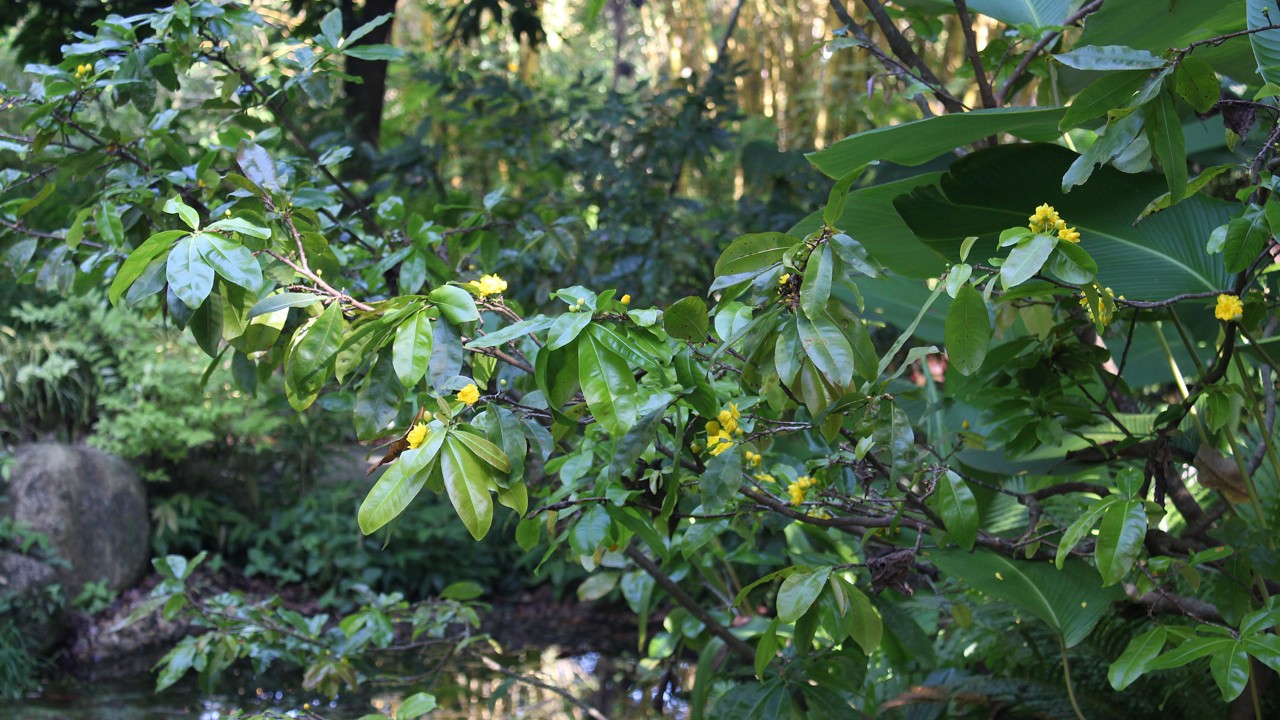 Our flowering yellow mai trees are still leafy and green although, in their natural habitat, they are deciduous by nature and only flower after shedding their leaves.
Our flowering yellow mai trees are still leafy and green although, in their natural habitat, they are deciduous by nature and only flower after shedding their leaves.
Native to China and India through continental Southeast Asia, the yellow mai is a medium-sized tree that grows in deciduous forests, rocky valley sides, and along stream banks, as high up as 1600 metres above sea level. It is also found in cultivation as a common garden ornamental and in the art of bonsai.
In Vietnam, the yellow mai is a celebrated plant, heavily cultivated for the flowers that bloom during their lunar new year, which generally coincides with Chinese New Year. The bright yellow flowers symbolise happiness, health and prosperity and are thought to banish evil spirits. It is also believed that the more petals there are on a yellow mai flower, the luckier you are for the rest of the year!—by that association, our Gardens must be extra lucky with our multi-petaled variety! Hoho!
There is a folk tale surrounding this plant, about a girl who died while protecting her village and was graced by the Gods for her resurrection every lunar new year. Wearing the yellow dress that was given to her before her battle, she would visit her family and village for nine days until her parents passed on. She continues to return to her village in a form of a blossoming yellow mai.
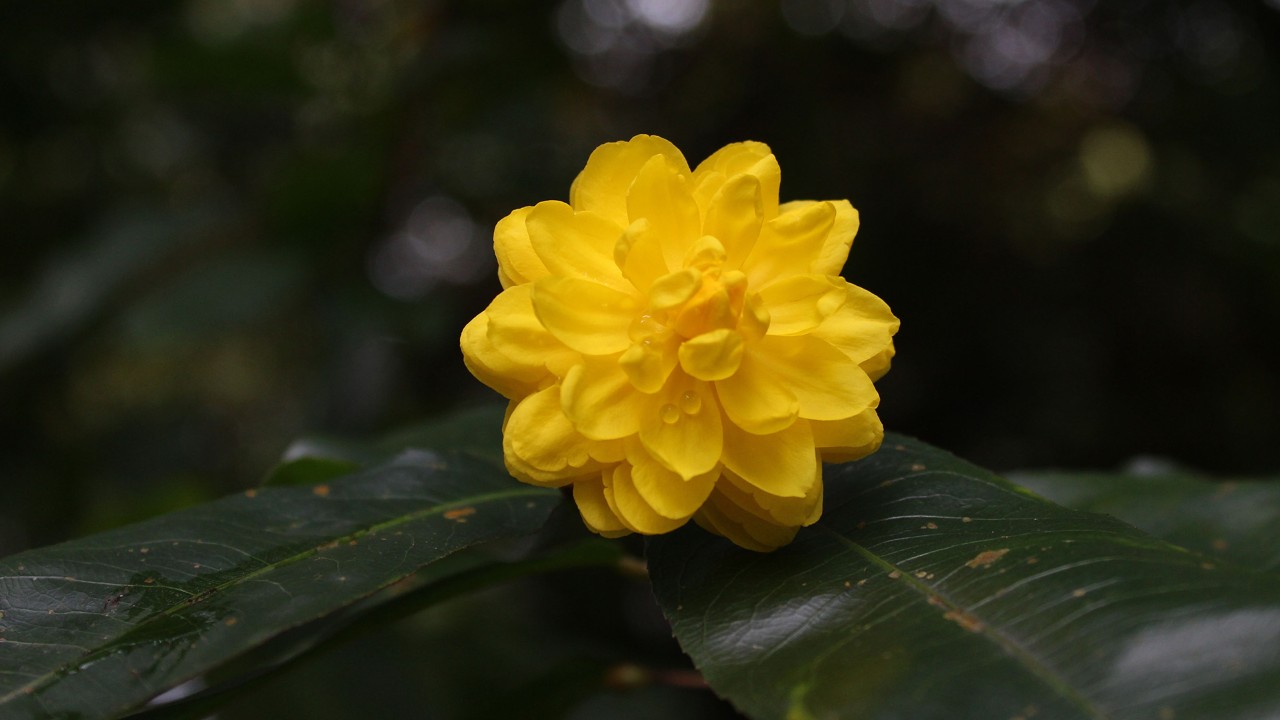 Our trees are of a double-petaled variety that produces flowers with more than the five to nine petals usually found on wild specimens of this species. This floral mutation turns stamens (male reproductive organs) into petals, resulting in a rose-like appearance.
Our trees are of a double-petaled variety that produces flowers with more than the five to nine petals usually found on wild specimens of this species. This floral mutation turns stamens (male reproductive organs) into petals, resulting in a rose-like appearance.
The name of the yellow mai might be translated from the Vietnamese names, hoa mai and hoàng mai, which are turn is derived from 梅花 (méi huā) or 黄梅 (huáng méi), Chinese for “plum blossom” and “yellow plum” respectively. The yellow mai has no close relation to any plum species—including the Japanese plum (Prunus mume), which is also called mai in Northern Vietnam — but the shared name is likely derived from the similarities between the two species, from the similar-looking flowers, their synchronous seasonal flowerings, and their regional habit of blooming on bare, leafless branches during the Vietnamese New Year.
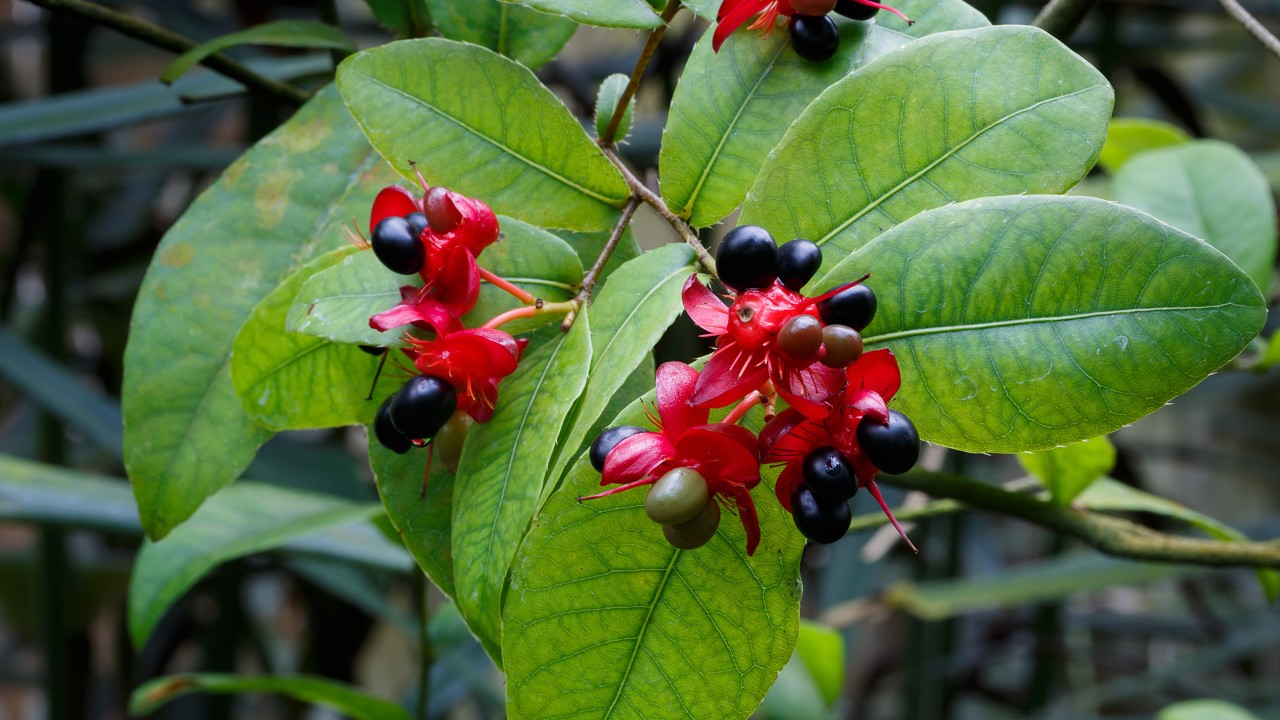 Do you know that the yellow mai and other Ochna species are often called ‘Mickey Mouse’ plants? With a bit of imagination, you might see an upside-down Mickey Mouse in the infructescence of this Ochna serrulata—the red sepals for his trousers and the swollen red base and black fruits for the head and ears of the lovable Disney character!
Do you know that the yellow mai and other Ochna species are often called ‘Mickey Mouse’ plants? With a bit of imagination, you might see an upside-down Mickey Mouse in the infructescence of this Ochna serrulata—the red sepals for his trousers and the swollen red base and black fruits for the head and ears of the lovable Disney character!
Come down to the Gardens and try to see if you can spot our two yellow mai trees in flower! These small trees are planted in a quieter area of the Golden Garden for their yellow flowers and they overlook a small pond, which is a hotspot for dragonflies and frogs.
Written by: Hazri Boey, Senior Horticulturist (Gardens Operations)
Hazri not only surrounds himself with plants at work; he has an abundant collection at home too! Having nurtured a keen interest in nature since young, he might have gone on to become a zookeeper caring for owls or sloths had it not been for his plant identification talent!
